Stranger, The (1946)
“People can’t help who they fall in love with.”
|
Synopsis: |
|
Genres, Themes, Actors, and Directors:
Response to Peary’s Review: Peary concedes that while “the story is still interesting, as is the evocation of smalltown life, far away from the public eye”, the “picture lacks something” — though he “can’t figure out what it is”, noting that “perhaps it’s that the Nazi is not up to any diabolical act at the time Robinson comes to town, so only at the end [SPOILER] when Welles decides to murder Young is there any suspense.” However, I disagree: when Welles first meets with Shayne on the campus of the boys’ school where he’s clearly a beloved instructor, he nearly cackles with glee at his ability to cover up his past and craft a nifty new life for himself in a small American town — where, he notes, “I’ll stay… until they day when we strike again.” This is evidence aplenty of both his “diabolical” intentions and beliefs. Meanwhile, “there are novel touches throughout, including the manner in which Welles is done in, and the photography by Russell Metty is atmospheric”. With that said, the screenplay is far from perfect — likely due in part to the fact that 30 minutes of the original film were cut, including 19 minutes from the exposition, and a scene in which Young first meets Welles and walks with him through the town cemetery. However, it’s still worth a one-time look by all film fanatics. Redeeming Qualities and Moments:
Must See? Categories (Listed in 1001 Movies You Must See Before You Die) Links: |
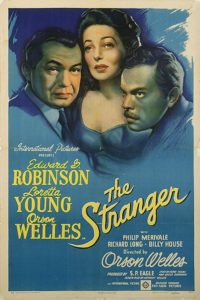
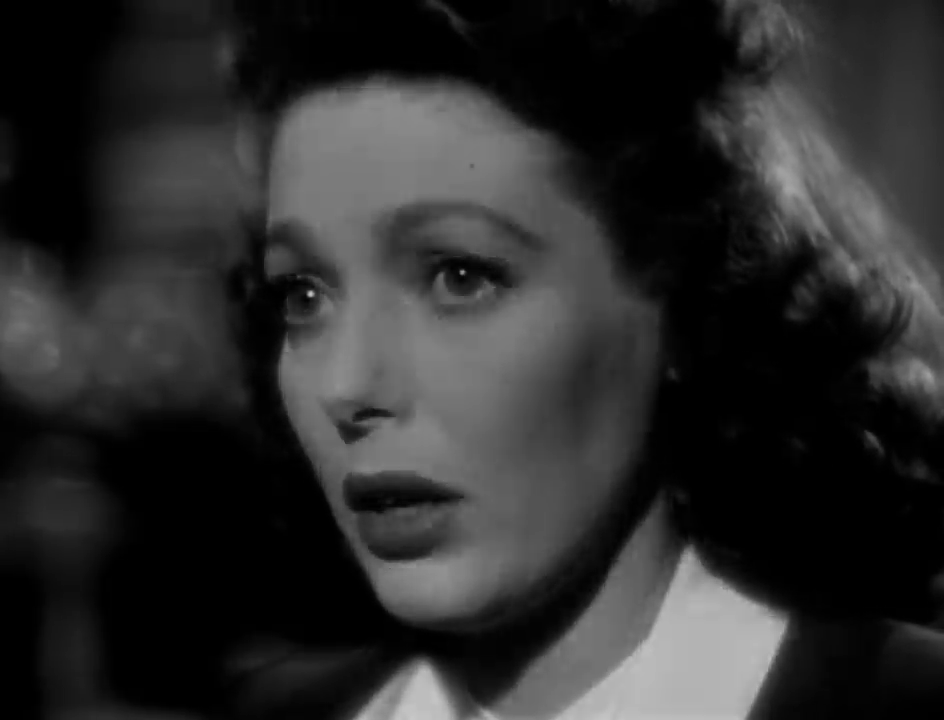

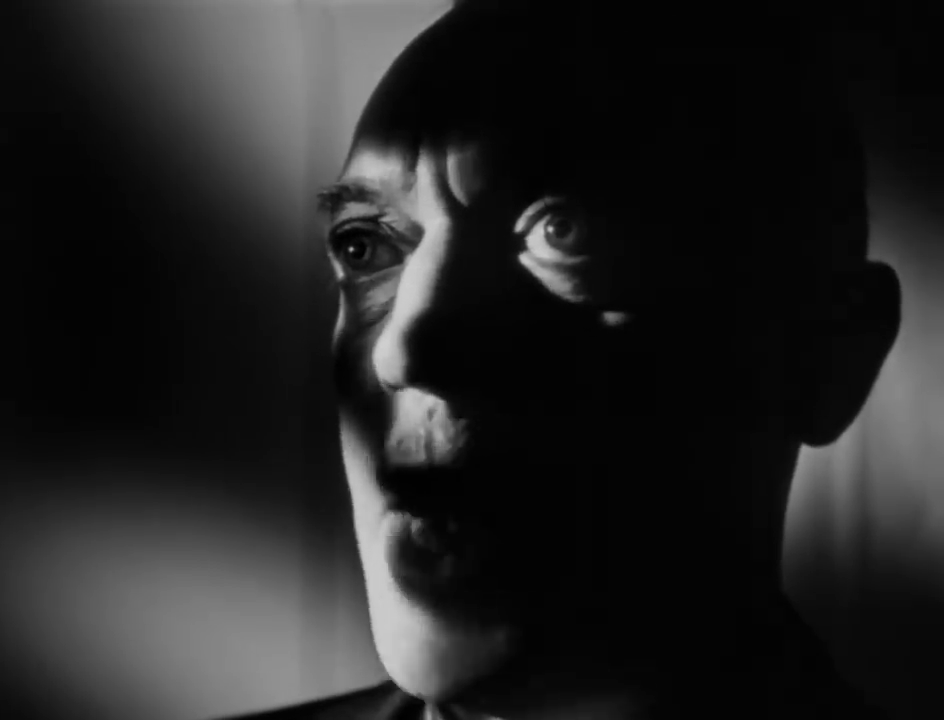
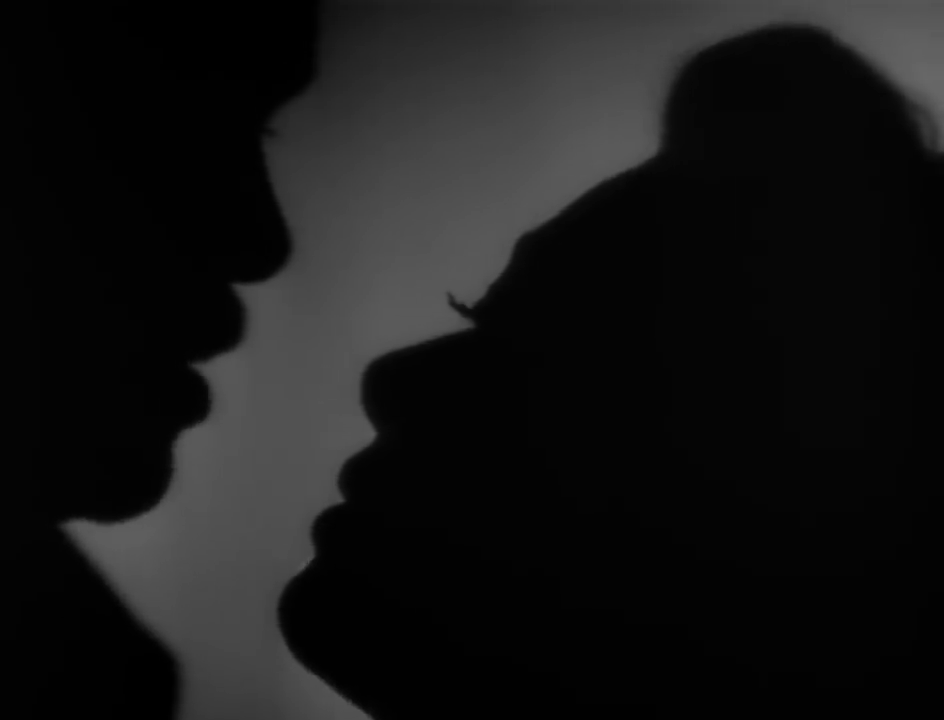

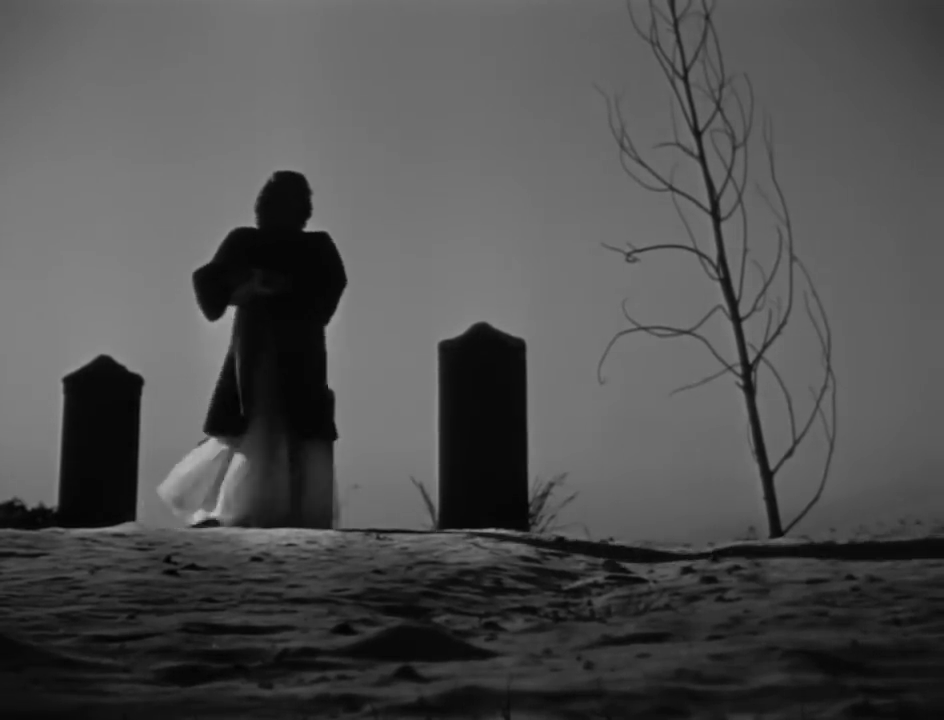
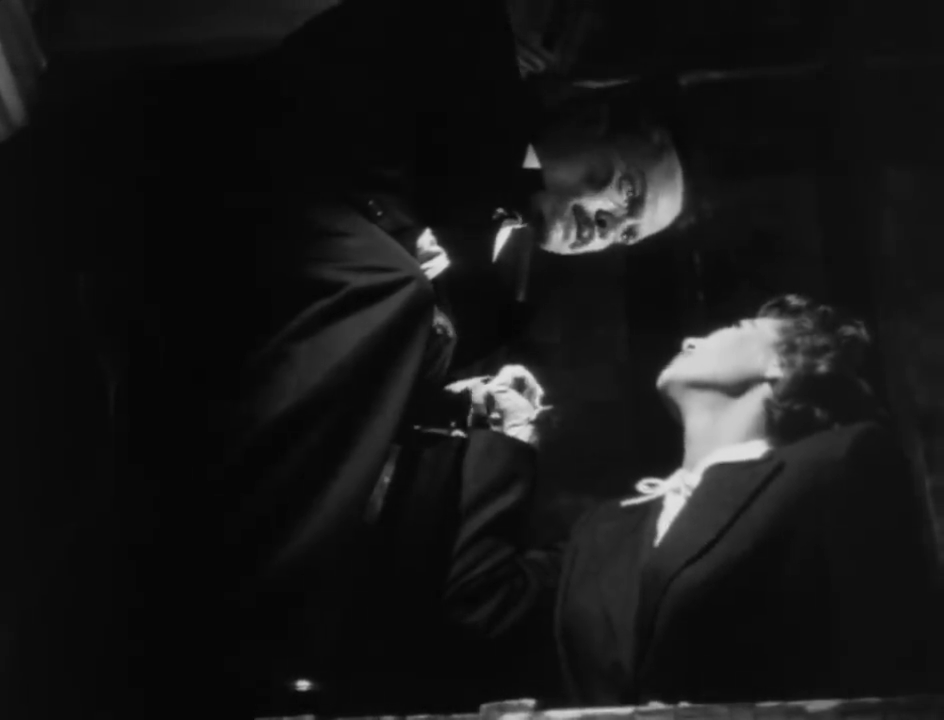
One thought on “Stranger, The (1946)”
First viewing. A once-must, for its place in cinema history.
As per my post in ‘The ’40s-’50s in Film’ on facebook:
“Commit a crime – and the earth is made of glass.”
‘The Stranger’ (1946) [on Netflix]: ~or, in the case of the war criminal played by Orson Welles… commit many crimes. Welles plays a Nazi mastermind who flees Germany, changes his identity, and ends up a history teacher in Connecticut, married to gullible Loretta Young. But a UN War Crimes Commission officer (Edward G. Robinson) knows how to sniff Welles down.
This is a film I more or less avoided for years. I did try once to watch it but the print was horrible and I gave up. Since the film went into the Public Domain in 1973, butchered copies were ubiquitous. I had also heard that the original film was largely edited – so it seemed to be a film that had been too tampered with to pay much attention to.
Netflix is showing the improved 2013 Kino release, so I finally saw a rather good print. ‘The Stranger’ is the only Welles film that made a profit on its release. All told, the draped-in-noir thriller is not bad – but it gains most of its power in the last, rather lively 30 minutes.
What’s most striking is the Loretta Young character – and she kept reminding me of none other than Brett Kavanaugh’s wife (!): someone fiercely unwilling to believe or accept – even entertain the idea of – her husband’s guilt, because of what it would say about her own judgment and security. (My mind pondered whether or not BK’s wife herself would ever face total revelation.) Bizarrely, Young plays the daughter of a Supreme Court Justice. When Robinson talks to her about the husband’s involvement in the Holocaust (this was the first commercial film to use Holocaust film footage), he seems to be speaking about the nefarious members of our current Senate: “They look like other people – and act like other people, when it’s to their benefit.”